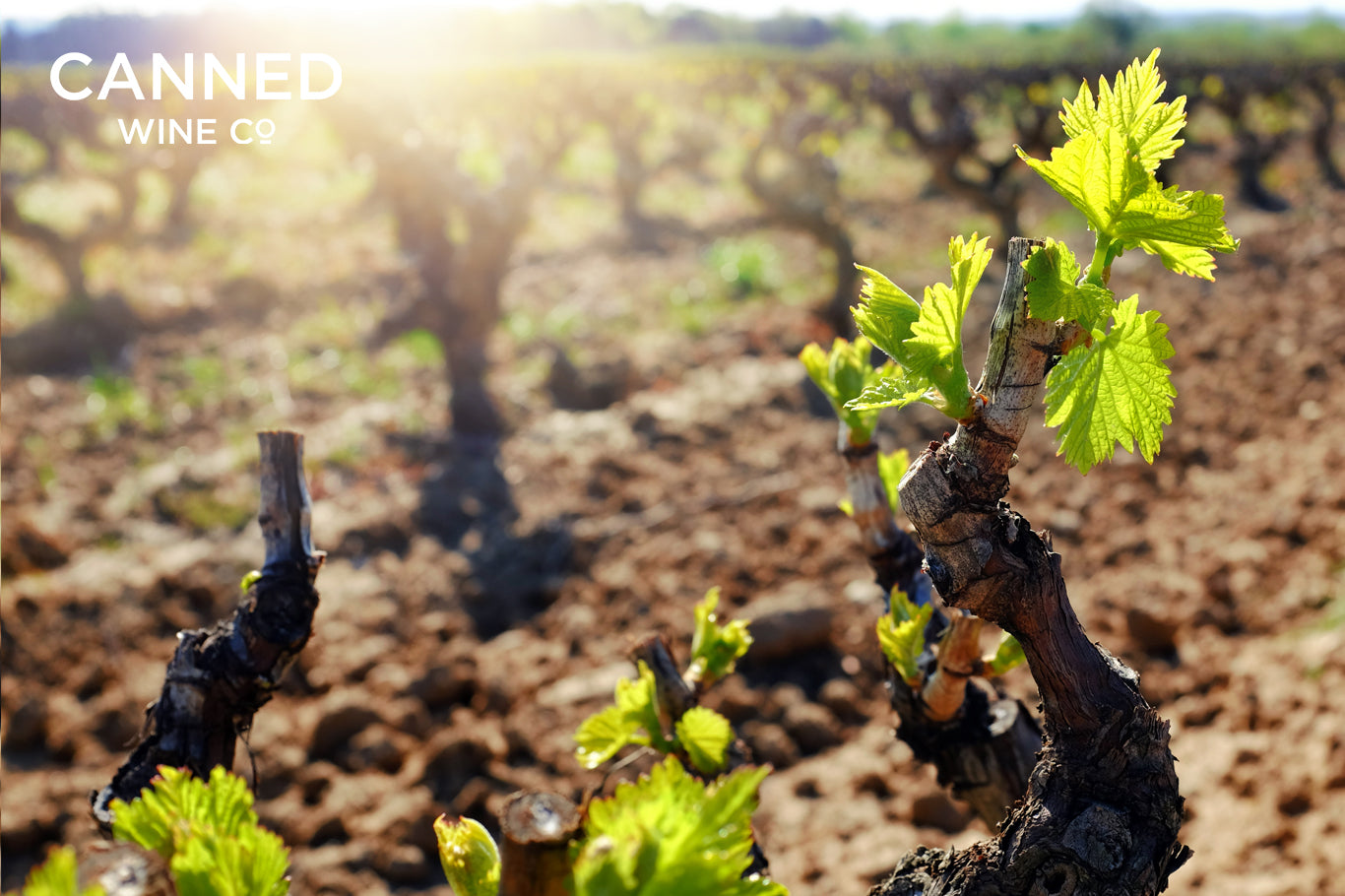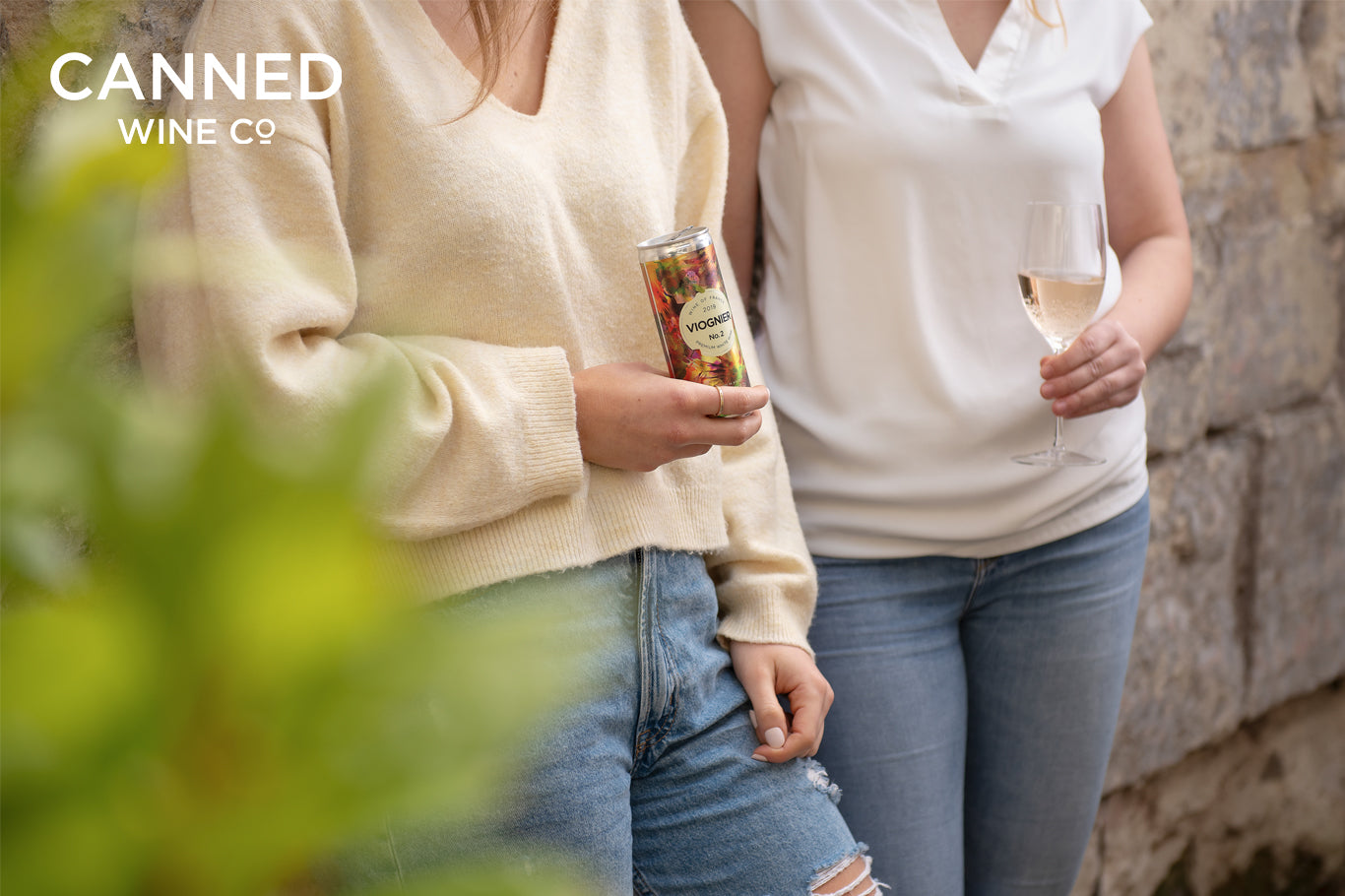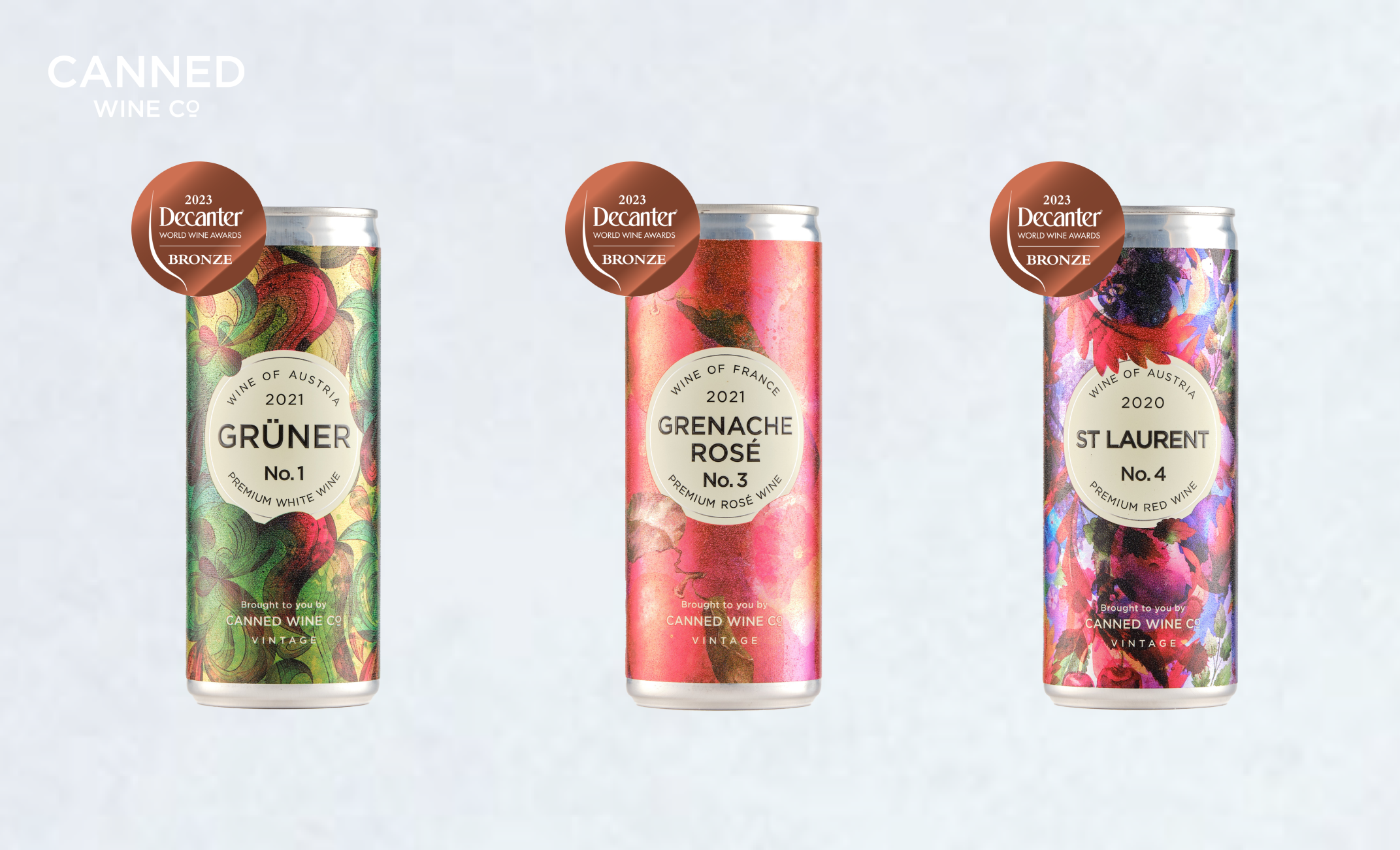Spring is a beautiful season, but it isn’t a relaxing one in the wine industry. We only work with wineries that practise organic or regenerative farming and that means our winemakers are extremely busy during these critical growth months.
Life of the vines
The vines are awakening from their winter dormancy, soaking in the sun and greening up as shoots and buds begin to grow. Vines undergo several stages of growth during the spring from bud break through to the emergence of the flowers. As the buds open typically around March to April, vivid green leaves emerge from their cocoons to take in the sun’s warm rays. A month later, tight bunches of tiny flowers appear; each flower has the potential to become a grape. So they are precious, even if not conventionally beautiful.
With all of this new growth our winemakers have their hands full with a lot of important tasks. One of these is pruning excess shoots from the trunk of the vine, shoots that would never bear fruit. This is called shoot-thinning or suckering and takes skilled workers because one wrong cut can cause serious harm to the vine and quality of the wine. In fact, Walter Glatzer and his family (makers of our St Laurent) do all the pruning themselves to ensure a quality yield. Without this process, the shoots left on the vine would absorb water and minerals vital for growth, negatively affecting the quality of the harvest. Glatzer leaves “blind eyes” in lower branches in case the top vines do not survive.
Next, comes shoot thinning. This involves removing excess sprouts on the eventual fruit bearing part of the vine, and is done to keep the amount of grapes produced per vine under control. Whilst a bounteous load of grapes sounds great, vines shouldn’t overbear fruit as it can damage their structure. Another method of keeping production volume under control is by cleaning the pruned heads to avoid excessive leaf growth and prepare the vines for future winter pruning.
The dangers of spring
The fragile first stages of the vines makes them defenceless against early frosts and seasonal storms. As the leaves unfold the threat of crop damage is on every winemaker's mind. Their soft and supple forms are susceptible to freezing, rain, and wind. The environment, from terroir to weather, has a strong connection to the wine we drink. That’s why viticulturists have been studying, strategising and executing the best management tactics for the early canopy growth period. If anything were to happen to the new growth, it would cause havoc on the vineyard. This leads to a depreciation in the quantity and quality of the finished product. There is the possibility of a re-sprout, but at this point in the vines season the yield will be considerably smaller.
In addition to the climate, animals can be a nuisance too. Depending on the region, winemakers will be faced with different animals that wander into the vineyards. Some of the most prevalent wildlife species that can harm the vineyards are deer, rodents and birds. In Austria deer are notorious for eating new growth. That’s why Michael Huber (the winemaker behind our Grüner) covers 1/3 of his vineyards in hail nets to protect against deer from the nearby forest.
Managing the Soil
As the soil warms and spring rains roll in, winemakers can face the challenge of highly vigorous vines. This is especially prevalent in times of abundant spring and summer rainfall.
To combat this, winemakers like Laurent Miquel (maker of our Viognier) will plant competitive cover crops between the vines as a green layer of protection. The plants carpet the ground, reducing the amount of water available in the soil and stopping erosion. When choosing these plants four factors must be considered: regional adaptation, erosion control, impact on soil nutrient content and influence on the local ecosystem.
When the soil is deep enough, some vineyard managers opt to plough instead of plant cover crops. Spring is when ploughing is done. Tillage is delicate work, when done well it can benefit the vineyard, but when done poorly it can cause harm to the soil and local ecosystem. The benefits include: aerating the top layer of soil, mixing nutrients and organic matter evenly into the soil and reducing the need for herbicides. On the other hand, ploughing reduces the ability of the soil to store water, which is particularly important during hot summer months. When heavy machines are used, especially in excess, the soil can become compacted causing destruction of soil aggregates, and even lead to asphyxia of the grapevine roots.
Organic farming often involves more tractor rides as sulphur, bicarbonate of soda, and the plant extracts used in place of chemicals only last a few days. Therefore, vineyard machines often have a rotor attached to loosen up the soil and prevent soil compaction. Glatzer tries to minimise the use of heavy machinery and spraying as much as possible. He does this to reduce the negative impacts of farming on the environment and preserve groundwater quality.
A new vintage
Spring and early-summer is the most stressful time of the year for our winemakers, but also very rewarding. Winemakers love spring, it is when the new vintage begins to express itself. By the end of summer, usually between August and October, the grapes are ready to be harvested. Once the grapes have been harvested, they’re ready to be processed into wine. This process can take several months to even years for full maturation to be completed. Most of our wines mature over autumn and winter, before they are ready to be shipped to the UK. Upon arrival they’re canned and shipped across the UK, either to our distributors and stockists or directly to you. Thanks to the portability of cans and the high quality of our wines, you can enjoy them on all life’s adventures. Whether enjoying a BBQ on the beach or a picnic in the park, we hope you sit back and relax in the sun, and of course enjoy your wine.






